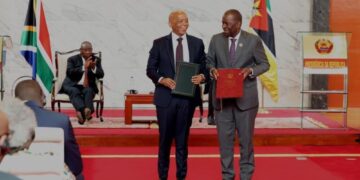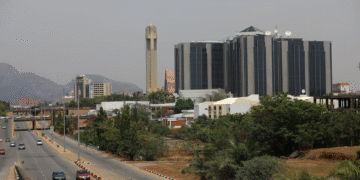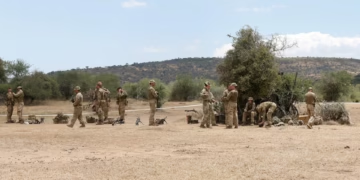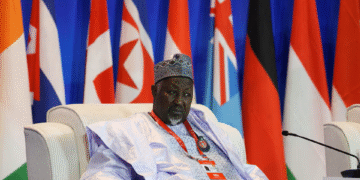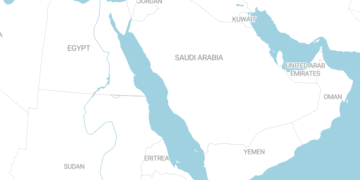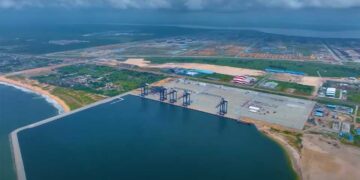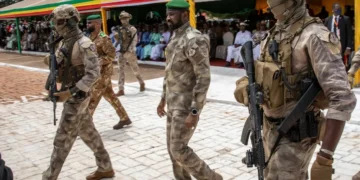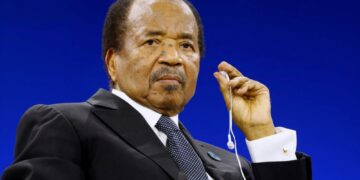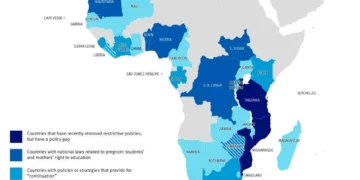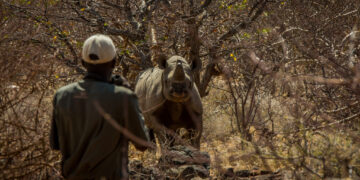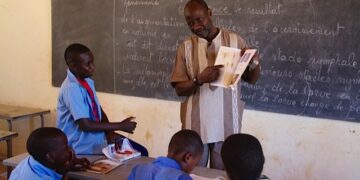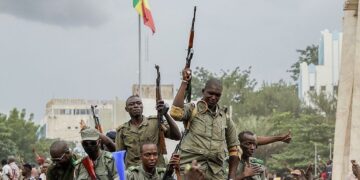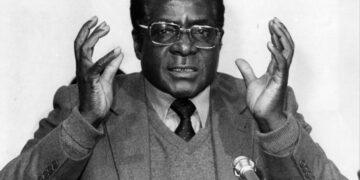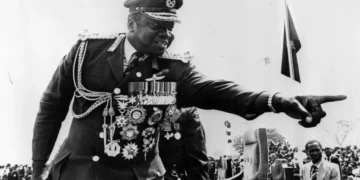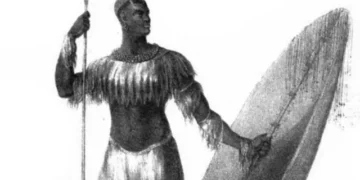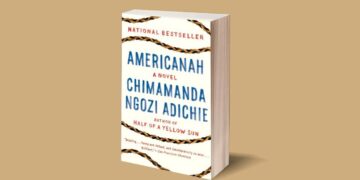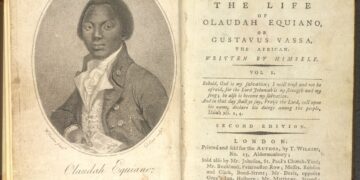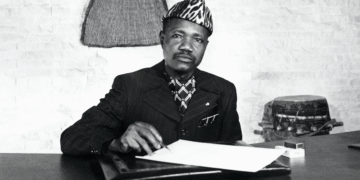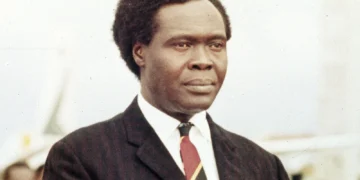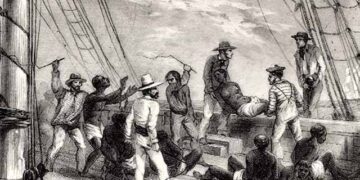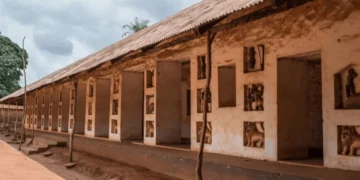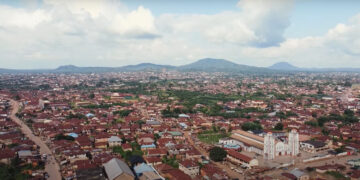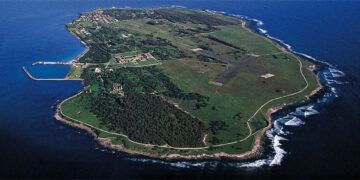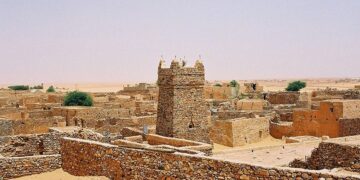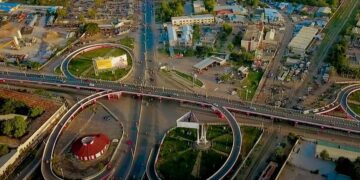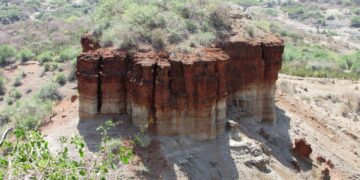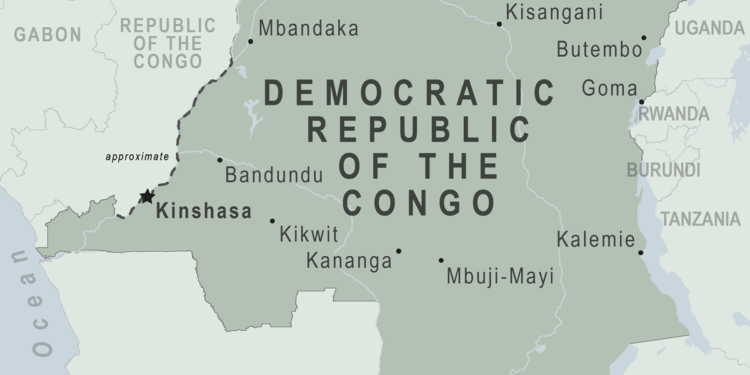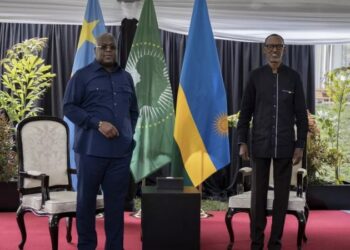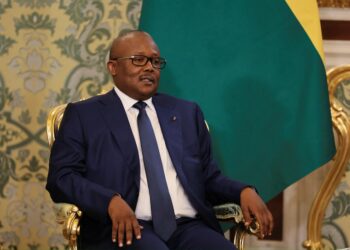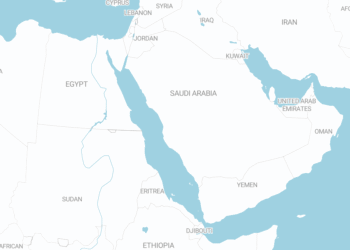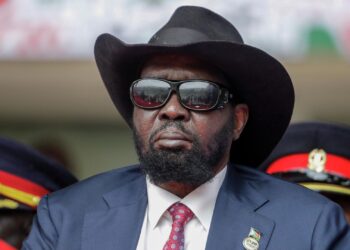The Turumbu people, also known as the Lombo or Olombo or Ulumbu, are a Bantu ethnic group inhabiting the tropical rainforests of northeastern Democratic Republic of the Congo. Concentrated in the Isangi Territory of Tshopo Province, their villages are scattered along the banks of the Congo River and its major tributaries, particularly the Lomami River. Like many forest peoples of the Congo Basin, the Turumbu’s social, economic, and cultural lives have been shaped by their profound adaptation to their riverine and forest environment. Their history is a story of migration, adaptation, and interaction with external forces, from Arab and Swahili slave traders to Belgian colonial administrators and the challenges of the post-independence state. This article provides a realistic overview of the Turumbu people, examining their social organization, livelihoods, belief systems, and contemporary context.
The Turumbu lands are located in the heart of the Congo Basin, a region characterized by dense tropical forests, high humidity, and an extensive network of rivers and streams. The Congo River dominates the geography, serving not only as a major source of food and water but also as a key route for transportation, trade, and communication between the scattered communities. The soil, mostly laterite, is moderately fertile and supports slash-and-burn agriculture.
The precise origins of the Turumbu people, like many groups lacking written records, are preserved in oral traditions. These accounts, supported by linguistic studies, suggest they are part of the broader Bantu migrations that spread across central and southern Africa over thousands of years. The ancestors of the Turumbu are believed to have migrated to their current region from the north, gradually settling along rivers where they could exploit water and forest resources. Their language, Lombo (or Turumbu), belongs to the Kili branch of the Bantu language family, linking them linguistically to neighboring groups such as the Lokile, Forma, and Toboki. Their historical relations with these neighbors were marked by periods of trade, intermarriage, and conflict over resources.
Before the arrival of Europeans, Turumbu society was organized into small, independent political units at the village level. This landscape changed dramatically in the 19th century with the infiltration of Arab and Swahili traders from the East African coast. These traders sought ivory, rubber, and slaves, establishing trading posts and commercial networks that destabilized the region. Some Turumbu communities participated in this trade, while others fell victim to it, leading to a period of unrest and violence.
The arrival of Henry Morton Stanley in the 1870s, working for King Leopold II of Belgium, marked the beginning of the colonial era. The region became part of the Congo Free State (1885–1908), a private domain of Leopold. This period was disastrous for the Turumbu people and many other Congolese peoples. Local populations were forced into forced labor to collect wild rubber and ivory under a brutal quota system. Systematic abuses, including murder, mutilation, and hostage-taking, led to a dramatic population decline and social collapse.
After the Belgian government assumed direct control of the colony in 1908, establishing the Belgian Congo, the worst excesses of the Congo Free State subsided. However, economic exploitation continued. The colonial administration encouraged cash crop cultivation and established large-scale agricultural projects, such as the famous agricultural research center at Yangambi, located in the heart of the Turumbu lands. While this brought some infrastructure and access to manufactured goods, it also disrupted traditional land-use patterns and unequally integrated the Turumbu economy into the broader colonial economic system. Christian missionaries, both Catholic and Protestant, also introduced new religions and educational systems, initiating a process of long-term cultural change.
After Congo’s independence in 1960, the Turumbu people, along with the rest of the country, faced decades of political instability, economic crisis, and civil war. The collapse of government services and infrastructure further isolated their communities, forcing them to rely heavily on their traditional social structures and subsistence economies for survival.
The basic unit of Turumbu society is the extended family, living together in a residential compound within the village. The society follows a patrilineal system of descent, where lineage, identity, and inheritance are traced through the male line. Multiple lineages are grouped together to form a clan, which serves as the basic identity unit and plays a role in regulating land ownership and marriage. Marriage is exogamous within the clan, meaning that individuals must marry outside their clan, strengthening alliances between different groups.
Traditionally, the political organization was decentralized. Each village was largely autonomous, led by a chief (nkumu), assisted by a council of elders representing the major lineages. The chief was not an absolute ruler; rather, he was expected to rule by consensus and act as a guardian of the community’s lands and traditions. He was responsible for resolving disputes, allocating land for cultivation, and acting as an intermediary between his community and the spiritual world.
Marriage is a central social institution that involves lengthy negotiations between two families and the payment of a bride price, which typically consists of a combination of traditional goods (such as spears and knives) and modern currency. Polygamy is permitted and practiced, although it is usually limited to older, wealthier men who can afford to support several families.



